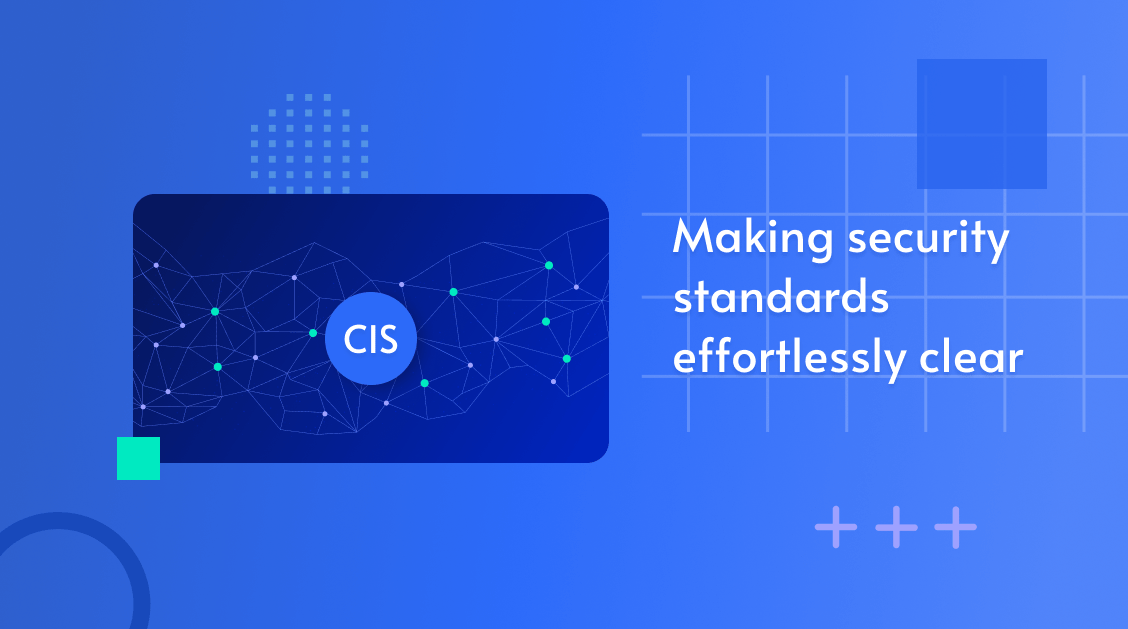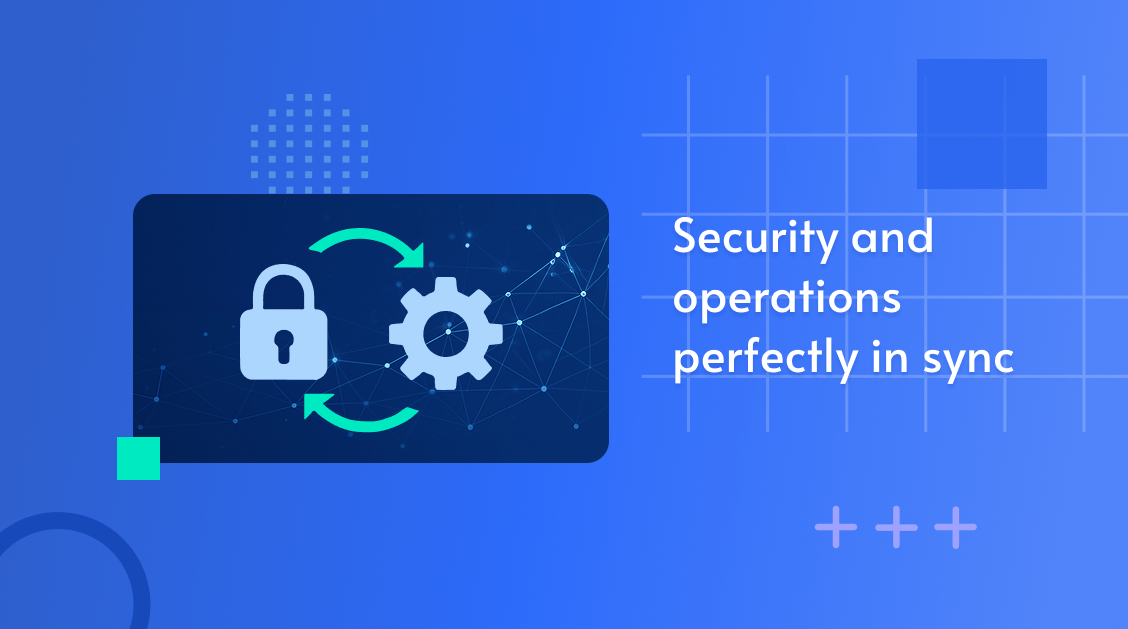We've created a short 6-question quiz overviewing the current state of affairs w...
Building Resilience in Vulnerability Management: Lessons Beyond CVEs

On April 16, 2025, the global cybersecurity community came alarmingly close to losing a foundational pillar of its vulnerability management infrastructure: the MITRE CVE program. With funding from the Department of Homeland Security (DHS) set to expire, MITRE announced a sudden end to its 25-year stewardship of the CVE system.
 It didn't take long for the announcement to send cybersecurity circles into panic. Highlighting the absurdity of the situation, some even joked that vulnerabilities would no longer be able to cause harm if they were not formally registered and recognized.
It didn't take long for the announcement to send cybersecurity circles into panic. Highlighting the absurdity of the situation, some even joked that vulnerabilities would no longer be able to cause harm if they were not formally registered and recognized.
Fortunately, CISA intervened with an 11-month contract extension, keeping the backbone of modern vulnerability tracking intact. But the close call exposed something deeper: how dangerously dependent the industry has become on “free” external infrastructure.
This raises a number of uncomfortable but critical questions about the fragility of our current approach to vulnerability management. In the space of this article, we'll consider those questions as we try to provide answers and pave a path forward to positive change.
Q: Can vendors be held accountable for insecure designs?
Even when software is patched for known CVEs, most environments are still misconfigured or under-hardened, and vendors rarely take the blame.
Far too many software vendors ship insecure-by-design products and see their protection as the customer’s problem. Whether it’s an outright vulnerability, hazardous configurations, outdated protocols, or whatever else — the result is an attack surface riddled with entry points for adversaries.
Take PrintNightmare or SMBGhost as examples. These exploits stem from default configurations that leave systems exposed even after patching. This highlights a painful truth: software vendors often leave security as an exercise for the customer.
A: Not fully. Nor would it be a good idea for large organizations to outsource their security.
Organizations must stop relying solely on patching and start enforcing secure baselines. At GYTPOL, our platform was built to help teams automatically find and fix the most stubborn problems — from N-days and whack-a-mole vulnerabilities to misconfigurations and patches that interfere with required functionality.
Disabling legacy protocols, ensuring secure communications, enforcing established policies, and implementing best practice frameworks (NIST, CIS, STIG, etc.), GYTPOL offers push-button hardening for Windows, Linux, macOS, and cloud environments.
Importantly, GYTPOL validates each hardening action before it's implemented, ensuring 100% effectiveness and flagging any potential downstream disruptions — so security gains never come at the cost of uptime.
Q: Are we too dependent on CVE databases?
CVE, NVD, and other community-driven programs provide a “free” foundation that countless commercial vendors — vulnerability scanners, SIEMs, CTI platforms — build upon. But as we’ve just seen, that foundation is fragile.
If the MITRE CVE program shuts down, how would it affect your EDR’s threat feed? Or your asset scanner’s criticality scoring?
A: Yes. And recent events have made that painfully clear.
Even before the announcement that the MITRE CVE program was on the brink of shutdown, NIST’s NVD program had been struggling with an enormous backlog — believed to be nearing 30,000 vulnerabilities awaiting analysis. Many of those will be left “deferred" indefinitely, which in practice means no responsible disclosure, no public knowledge, and no real recourse.
That’s a terrifying thought for anyone managing enterprise infrastructure: if your risk decisions depend on timely, verified CVE info, you’re building on shaky ground.
What’s more, many vendors and security tools build their detection capabilities directly off of CVE feeds. So, if those feeds slow down, so does your visibility. Relying on these programs, you may develop an inaccurate, delayed, or obsolete view of your exposure.
While CVEs are useful, they are not comprehensive. At GYTPOL, we prefer to focus on real-time, configuration-based risk management — not just waiting for an ID number to appear on a public list. We proactively scan devices and registries for real, exploitable (or lateral movement enabling) misconfigurations to preemptively reduce risk.
Q: What About Vulnerabilities That Never Get a CVE ID?
There are thousands of vulnerabilities — especially in internal tools, legacy systems, and misconfigurations — that never receive a CVE. And yet, these often form the path of least resistance for attackers.
In fact, it's estimated that for every known and CVE tagged vulnerability, there are another 4 unknown, CVE-less vulnerabilities. And of course, many exploitable issues are not vulnerabilities at all. They could be things that aren’t code bugs but still add exposure. Things like risky configurations or any of the following:
- Browsers allowing untrusted extensions.
- File-sharing protocols enabled without restrictions.
- Local users with unnecessary administrative rights.
- TLS fallback to deprecated versions.
These don’t appear in CVE databases, but attackers love them.
A: We need to start thinking beyond CVEs
The CVE system, valuable as it is, does not capture the full attack surface. And in cases where a flaw is discovered internally, organizations may not have a way to track or measure exposure.
With GYTPOL, you can track exposure holistically, not just by vulnerability ID. Whether it’s a known CVE, a risky legacy setting, or a misapplied GPO, GYTPOL detects, contextualizes, prioritizes, and allows you to remediate risks across your fleet — automatically and without disruption.
GYTPOL’s real-time monitoring flags these and many others, offering a pathway to remediation that’s decoupled from the traditional CVE lifecycle. You don’t have to wait for a vulnerability to be “recognized” before you take action. Instead, we provide you with pre-mapped, validated fixes that reduce your exposure immediately and safely.
Q: How can organizations take more control and reduce their dependency?
The recent CVE funding crisis revealed how vulnerable we all are — to software vendors, to federal budget decisions, and to our own assumptions. Though it's a cliche, it's also true: the first step to recovery is admitting you have a problem.
With that in mind, please don't wait until forces outside your control force you into a reactionary corner. There's no better time than the present to start planning for greater self-reliance, stricter internal oversight, and more proactive protection.
.png?width=1584&height=396&name=the-MITRE-CVE-funding-panic%20(2).png)
A: It's time to embrace strategies that are less dependent on external databases
It starts with foundational hygiene and proactive posture management. Here are some critical actions that every organization can and should be taking today:
- Establish and Enforce Secure Baselines: Harden endpoints according to zero trust and least privilege principles. Lock down excessive permissions, block unused services, limit lateral communication, and eliminate legacy protocols.
- Continuously Audit Configurations: Use tools like GYTPOL to automatically detect deviation from your baselines across Windows, Linux, macOS, VDIs, and cloud environments. Push-button remediation eliminates drift without introducing downtime.
- Manage Shadow IT and Browser Risks: GYTPOL helps reduce Shadow IT by monitoring unmanaged or unapproved software and extensions. We also harden browsers (Chrome, Edge, Firefox) to limit exploit vectors at the user level.
- Plan for Vulnerability Gaps: Assume you’ll miss some CVEs — and build a process to detect, mitigate, and monitor security gaps regardless.
- Layer Defenses Intelligently: Leverage EDRs together with firewalls, VAs together with endpoint protection platforms, micro-segmentation together with your SIEM, SOAR technologies together with group policy managers, and pen testing together with configuration security assurance solutions.
- There may be some overlap between all the tools in your kit, but that's okay. In fact, it's a good thing — allowing you to validate and cross-check the effectiveness of all the pieces in your security stack
- It'll also mean that when one measure fails or is otherwise unavailable, you still have the operational dexterity and wherewithal to protect your house.
After all, good security isn’t a single pane of glass — it’s a mesh of insights and actions. Use layered tooling, but make sure they’re talking to each other.
Don’t Wait for Someone Else to Fix It
In a world where open source vulnerability intelligence rests on shaky ground, resilience requires a level of independence. That means having tools, processes, and visibility that aren't reliant on public registries or slow-moving third-party systems.
Remember:
What you control is your configuration.
What you can’t outsource is your security posture.
Look for ways to build internal assurance, move faster, and to stop turning to outside forces for direction. Prioritize tools and technologies that live with you and that integrate with your workflows.
Expand your capabilities beyond the reactive and seek out solutions that are not limited to visualization and categorization. And find ways to systematically detect when something is wrong AND correct it — at scale and with ease.
Of course, you'll also want to work toward a system that is self-aware; that understands not only the circumstances of your vulnerabilities and configurations, but the operational interdependencies and business context in which they exist. This will be key to achieving proactive security that is not only actionable, but fully realizable — without jeopardizing business continuity.
About Author

Mor Bikovsky
Subscribe to
our Newsletter
We are ready to help you until and unless you find the right ladder to success.
Related Posts
Join over 25,000 in beating the failure of strategies by following our blog.
In the fight for sustained security, operators rely on a variety of tools and te...
9 minute read
As Thanksgiving approaches, it’s a fitting time to pause and reflect on our seld...
7 minute read
Device configurations are one of the most important elements of your organizatio...








Comments